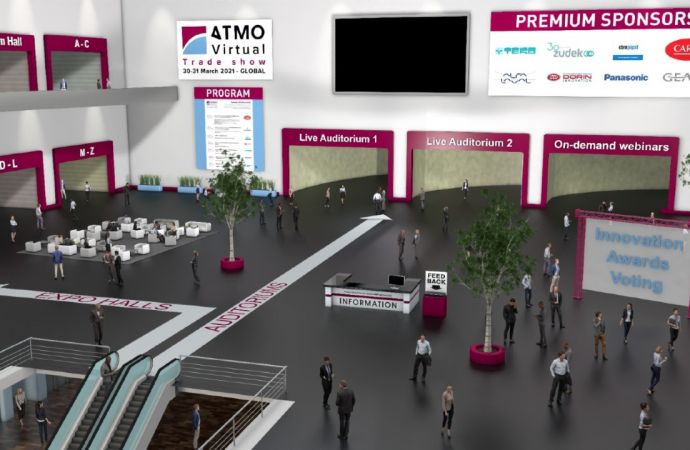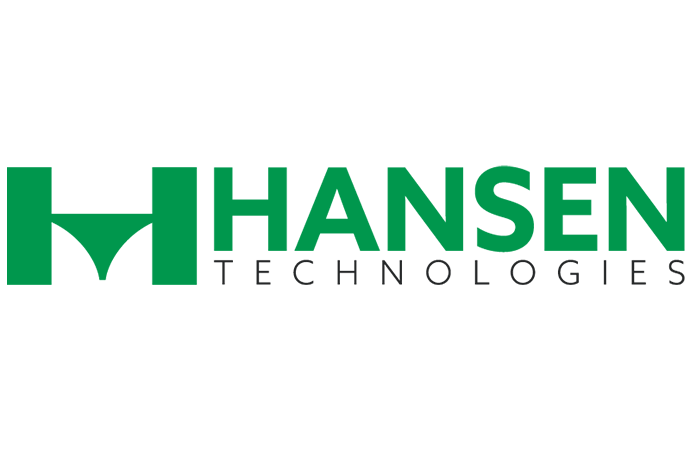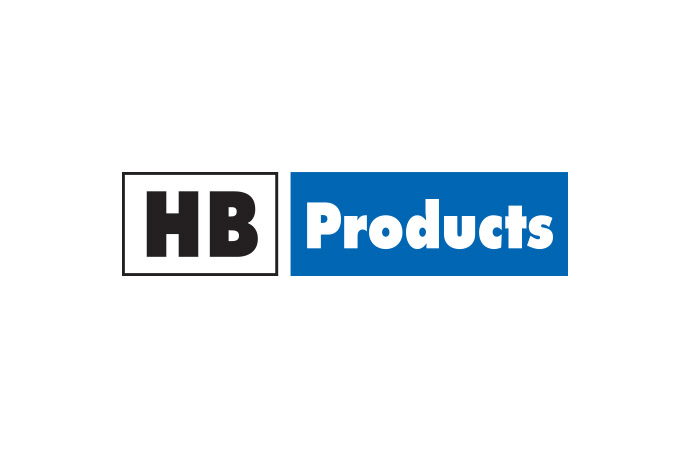Technical papers presented at this year’s IIAR Industrial Refrigeration Conference addressed a multitude of topics and ammonia applications, including opportunities for using ammonia in buildings with public access, such as supermarkets, office buildings and hospitals. In this second update from the event, ammonia21.com provides an overview of a selection of technical papers.

The 2012 IIAR Industrial Refrigeration Conference & Exhibition Technical Program span 2 1⁄2 days, consisting of Operations and Maintenance Workshops, Panel Discussions, Formal Technical Papers and technomercials - exhibitor sponsored training sessions.
The Case for CO2/Ammonia Cascade for Office Buildings and Hospitals, Klaas Visser, KAV Consulting, Australia
In his paper, Visser sets the scene by providing an analysis of the current energy consumption in US office and hospital buildings. He then determines Coefficients of Performance (COPs) for NH3 and CO2, including combined cooling and heating COPs, before evaluating the performance of systems using the two natural refrigerants and comparing them with existing systems for retrofit and new building applications.
In his presentation, Visser noted that the strong emphasis on compressor COP has directed attention away from the impact of parasitic loads like fan power. It is often more efficient to run at lower compressor COP with less but cooler air due to the fact that fan energy adds a significant parasitic heat load for the compressor.
In cases where no or very little heat is required, an ammonia chiller plant incorporating an evaporative condenser is considerably more efficient than a CO2 chiller plant. On the other hand, Visser finds that CO2 systems applied to the cooling and heating of buildings are more efficient than ammonia systems. The reason for this is that with CO2 systems the CO2 cooling compressors are also the heat pump compressors in single stage compression, while in the case of ammonia, a separate heat pump compressor would be required to operate as a second stage of compression to heat water.
According to Visser, there are already at least eleven significant building cooling systems using ammonia in the US.
Application of Ammonia in US Supermarkets, Caleb Nelson, P.E., CTA Architects, Engineers, US
As the supermarket industry in the US looks ahead to the phase-out of refrigerants like R-22, there is an opportunity to take advantage of the ammonia system technologies that have been developed over the years, such as outdoor ammonia chiller systems used in secondary loop or cascade application. According to US codes, an ammonia system cannot be installed within a commercial space, rendering outdoor, rooftop, ammonia chillers the most feasible option.
The author stresses the importance of differentiating between the industrial and the commercial application of ammonia, where less than a few hundred pounds of ammonia can typically be expected. He also examines the methods used to implement ammonia in supermarket systems in other countries, such as in a Pick ‘n Pay store in Strand, South Africa and provides some basic design considerations. For example, system considerations to ensure high efficiency and minimal charge are discussed, such as Low Pressure Receiver Systems (LPR), which can achieve a very small refrigerant charge without sacrificing efficiency and performance.
Additional system qualities that are crucial for ammonia to be successfully implemented in US supermarkets include:
Nelson concludes that properly implemented ammonia systems can be extremely safe and efficient and supermarket owners can be confident in them. With the exception of certain counties and states (e.g. New Jersey, Chicago and Los Angeles), he finds that there are no deterring code restrictions preventing the use of ammonia in the majority of the US. Although initial system cost and technician training are real barriers, these are only temporary and no different from the hurdles faced by most “new” technologies.
The Case for CO2/Ammonia Cascade for Office Buildings and Hospitals, Klaas Visser, KAV Consulting, Australia
In his paper, Visser sets the scene by providing an analysis of the current energy consumption in US office and hospital buildings. He then determines Coefficients of Performance (COPs) for NH3 and CO2, including combined cooling and heating COPs, before evaluating the performance of systems using the two natural refrigerants and comparing them with existing systems for retrofit and new building applications.
In his presentation, Visser noted that the strong emphasis on compressor COP has directed attention away from the impact of parasitic loads like fan power. It is often more efficient to run at lower compressor COP with less but cooler air due to the fact that fan energy adds a significant parasitic heat load for the compressor.
In cases where no or very little heat is required, an ammonia chiller plant incorporating an evaporative condenser is considerably more efficient than a CO2 chiller plant. On the other hand, Visser finds that CO2 systems applied to the cooling and heating of buildings are more efficient than ammonia systems. The reason for this is that with CO2 systems the CO2 cooling compressors are also the heat pump compressors in single stage compression, while in the case of ammonia, a separate heat pump compressor would be required to operate as a second stage of compression to heat water.
According to Visser, there are already at least eleven significant building cooling systems using ammonia in the US.
Application of Ammonia in US Supermarkets, Caleb Nelson, P.E., CTA Architects, Engineers, US
As the supermarket industry in the US looks ahead to the phase-out of refrigerants like R-22, there is an opportunity to take advantage of the ammonia system technologies that have been developed over the years, such as outdoor ammonia chiller systems used in secondary loop or cascade application. According to US codes, an ammonia system cannot be installed within a commercial space, rendering outdoor, rooftop, ammonia chillers the most feasible option.
The author stresses the importance of differentiating between the industrial and the commercial application of ammonia, where less than a few hundred pounds of ammonia can typically be expected. He also examines the methods used to implement ammonia in supermarket systems in other countries, such as in a Pick ‘n Pay store in Strand, South Africa and provides some basic design considerations. For example, system considerations to ensure high efficiency and minimal charge are discussed, such as Low Pressure Receiver Systems (LPR), which can achieve a very small refrigerant charge without sacrificing efficiency and performance.
Additional system qualities that are crucial for ammonia to be successfully implemented in US supermarkets include:
- Tight, factory-built systems to reduce the probability of leaks.
- Keeping system costs as low as possible: manufacturers will need to look for every opportunity to keep system costs as low as possible, as initially commercial ammonia systems will be more expensive than standard systems;
- Commercial technician training and “familiarity” integration into the systems: it is desirable for systems to be maintainable by commercial technicians, and hence additional technician training will be necessary for the purpose. At the same time, the author recommends taking any opportunity to integrate “familiarity” into the systems, such as using reciprocating compressors rather than screw compressors, since the majority of US supermarkets today use the former type.
Nelson concludes that properly implemented ammonia systems can be extremely safe and efficient and supermarket owners can be confident in them. With the exception of certain counties and states (e.g. New Jersey, Chicago and Los Angeles), he finds that there are no deterring code restrictions preventing the use of ammonia in the majority of the US. Although initial system cost and technician training are real barriers, these are only temporary and no different from the hurdles faced by most “new” technologies.
MORE INFORMATION
Related stories








_1522327086.png)

